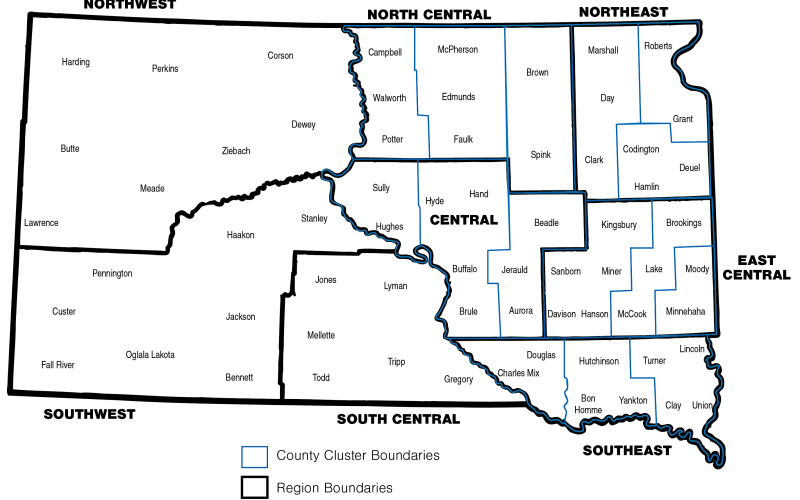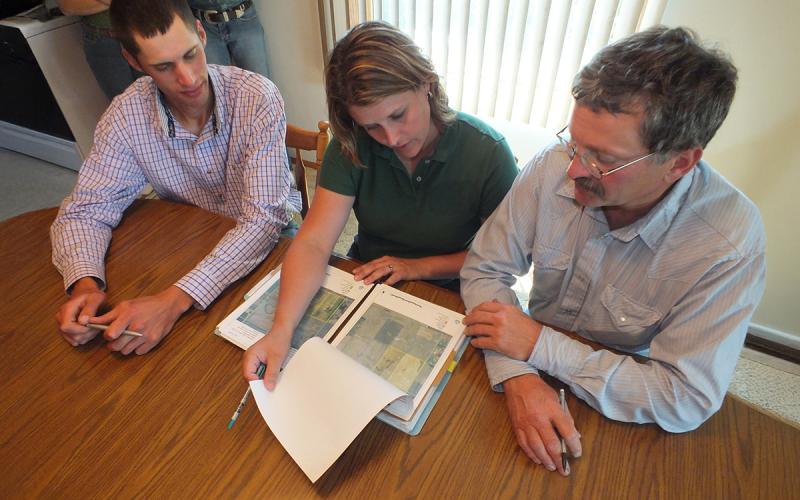Written by Jack Davis, former SDSU Extension Crops Business Management Field Specialist.
This winter it is time to study up on the Farm Bill elections and make an appointment with the local Farm Service Agency (FSA) in order to put the program in place for the farm. The deadline to make the election is March 15, 2020. Here are some highlights of the program.
Owners have the option of updating PLC yields based on actual yields 2013-2017. They will certify yields per crop, per farm. The yield update uses a simple average of 2013 to 2017 (excluding zero planted years) multiplied by 81%. The history of the farm bill has few opportunities to update yield, so owners and producers will want to look at this to see if their farm PLC yields would be improved by updating.
Producers will choose program election on each FSA farm, before March 15, 2020. The election choice will be for two years, 2019 and 2020 crop years, in 2021 thru 2023 crop years producers will have the option of making an annual choice. The program election will be for the following:
- Price Loss Coverage (PLC)
- County Agricultural Risk Coverage (ARC-CO)
- Individual Agricultural Risk Coverage (ARC-IC)
The Price Loss Coverage (PLC) election is a price-based program and will make payments when marketing year average (MYA) price is below the reference price. Payment triggers for the three primary crops are:
- Corn: $3.70
- Soybeans: $8.40
- Wheat: $5.50
The County Agricultural Risk Coverage or ARC-CO election provides revenue protection. It is a revenue-based program at the county level. Actual county yield data is used to calculate benchmark and the yearly payment rate. The benchmark revenue = Olympic average yield x Olympic average price. (5 year Olympic average). The payments are triggered when actual county revenue is less than the ARC-CO guarantee. This program uses 85% of base acres in calculation.
The Individual Agricultural Risk Coverage or ARC-IC is a revenue-based program using actual individual farm data. It uses 65% of base acres in the payment calculation. The planting of a covered commodity is required to qualify for payment, unless the farm has 100% prevent plant acres.
The ARC-IC benchmark uses 5-year Olympic average of actual farm revenue. The highlights of the program are listed:
- Marketing year price X actual farm yield.
- 100% of county yield is used for years that commodity is not planted.
- 80% of T-yield (substitute yield) is used for years the crop is planted but no production records are available or if actual yields are lower than the substitute yield.
- Payments are triggered when actual farm revenue falls below ARC-IC guarantee for the farm.
Visit the FSA website for more information.


